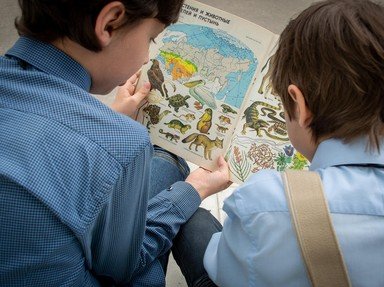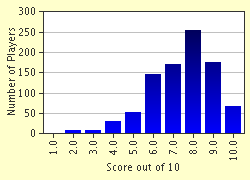Quiz Answer Key and Fun Facts
1. Plants are called the _______ of nature.
2. What makes the green color of plants?
3. Plants can move from one place to another place of their own accord.
4. What is the outermost boundary of plants?
5. Twenty percent of earth's surface is covered with peat-mosses.
6. How many chambers of the heart are there in plants?
7. The process by which green plants prepare their own food is called _______.
8. Many plants join up to form forests and forests help us in many ways. Pick out the major use(s) of forests from the following.
9. Bryophytes are the simplest land plants.
10. Lack of _______ may retard the rate of photosynthesis in plants.
Source: Author
asadshaikh
This quiz was reviewed by FunTrivia editor
NatalieW before going online.
Any errors found in FunTrivia content are routinely corrected through our feedback system.


